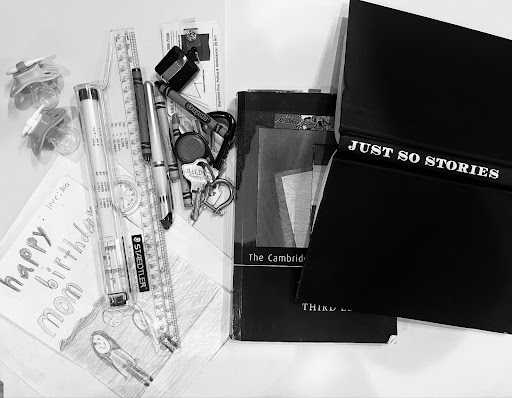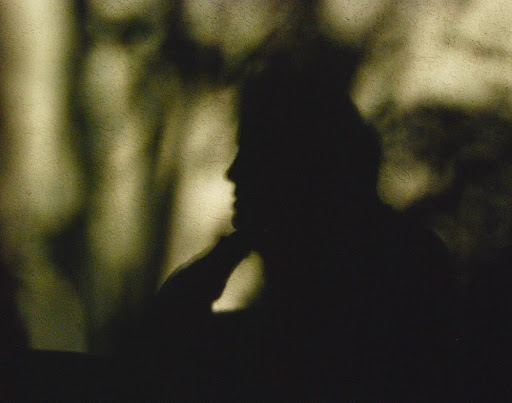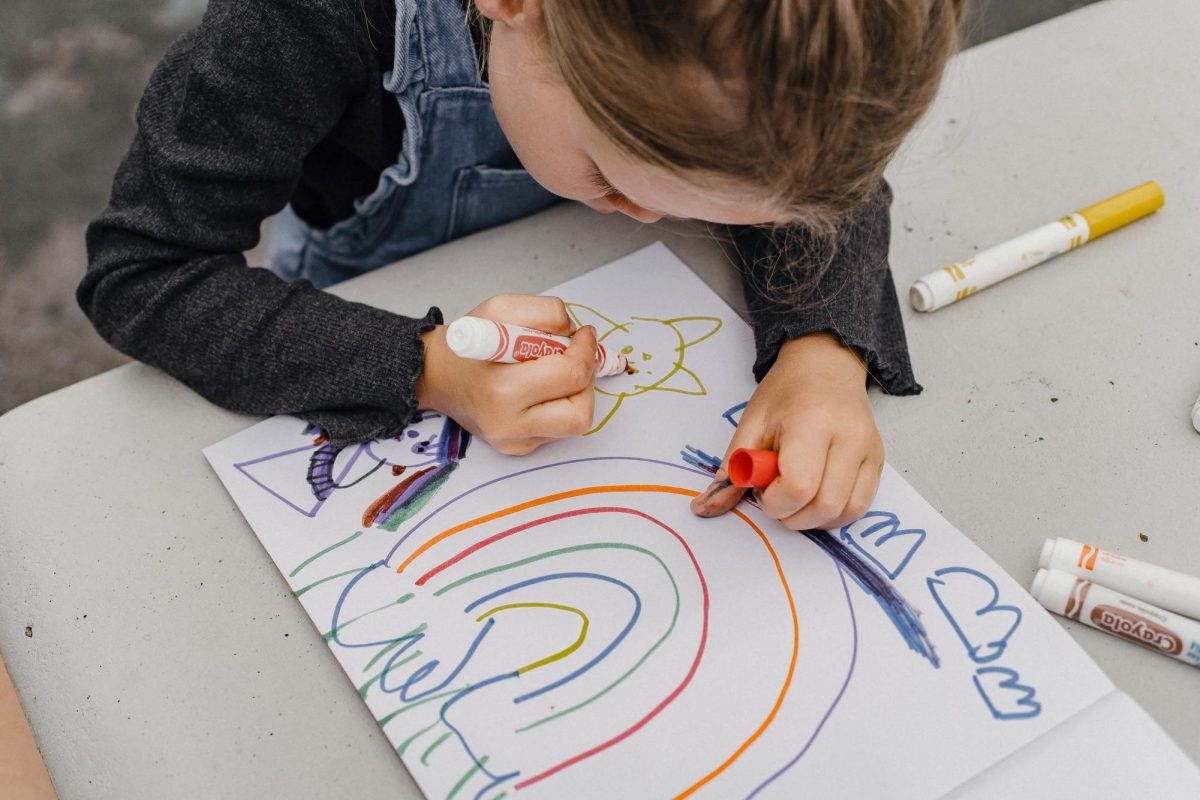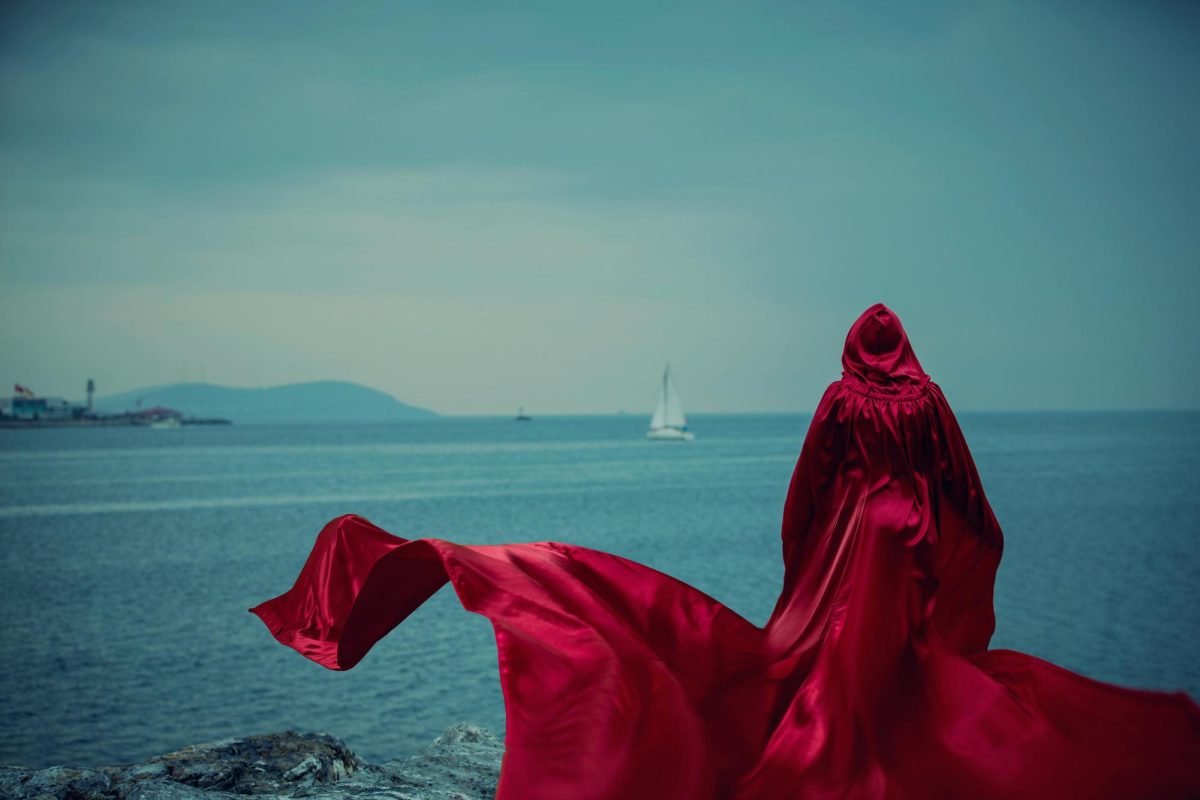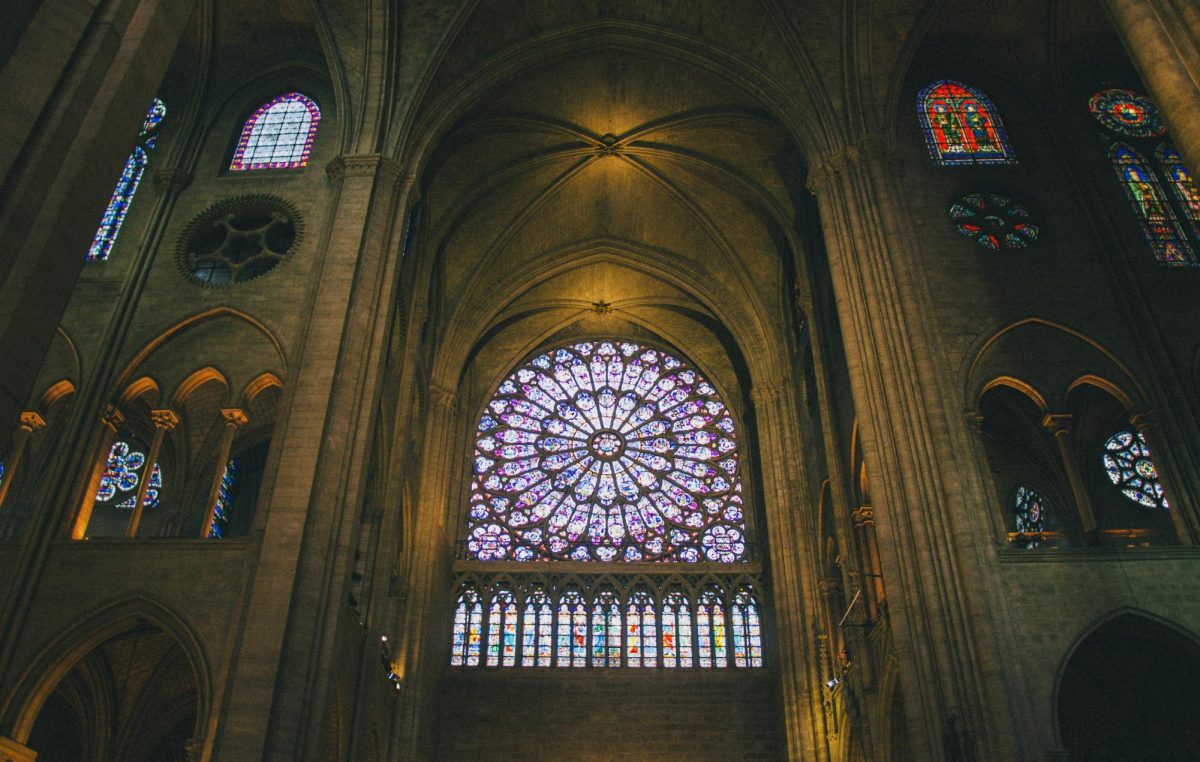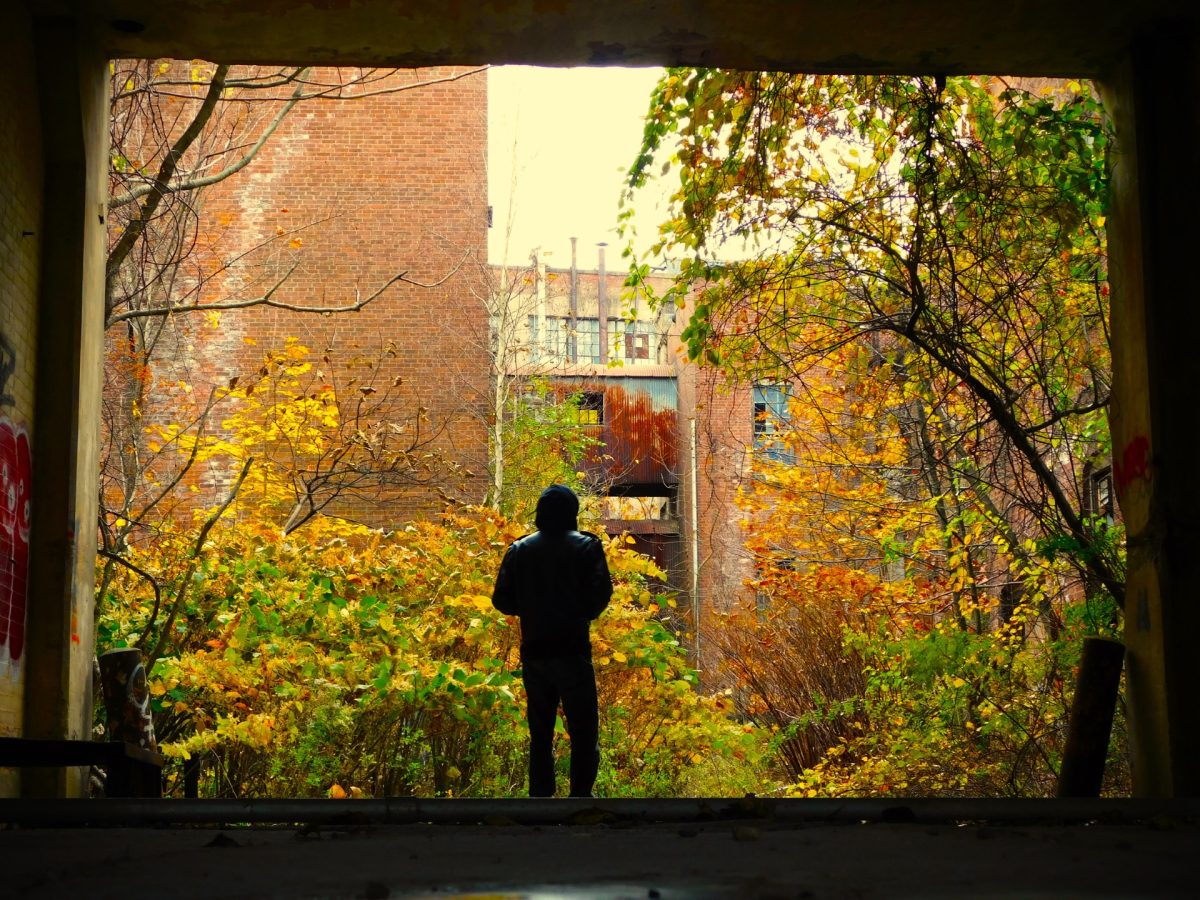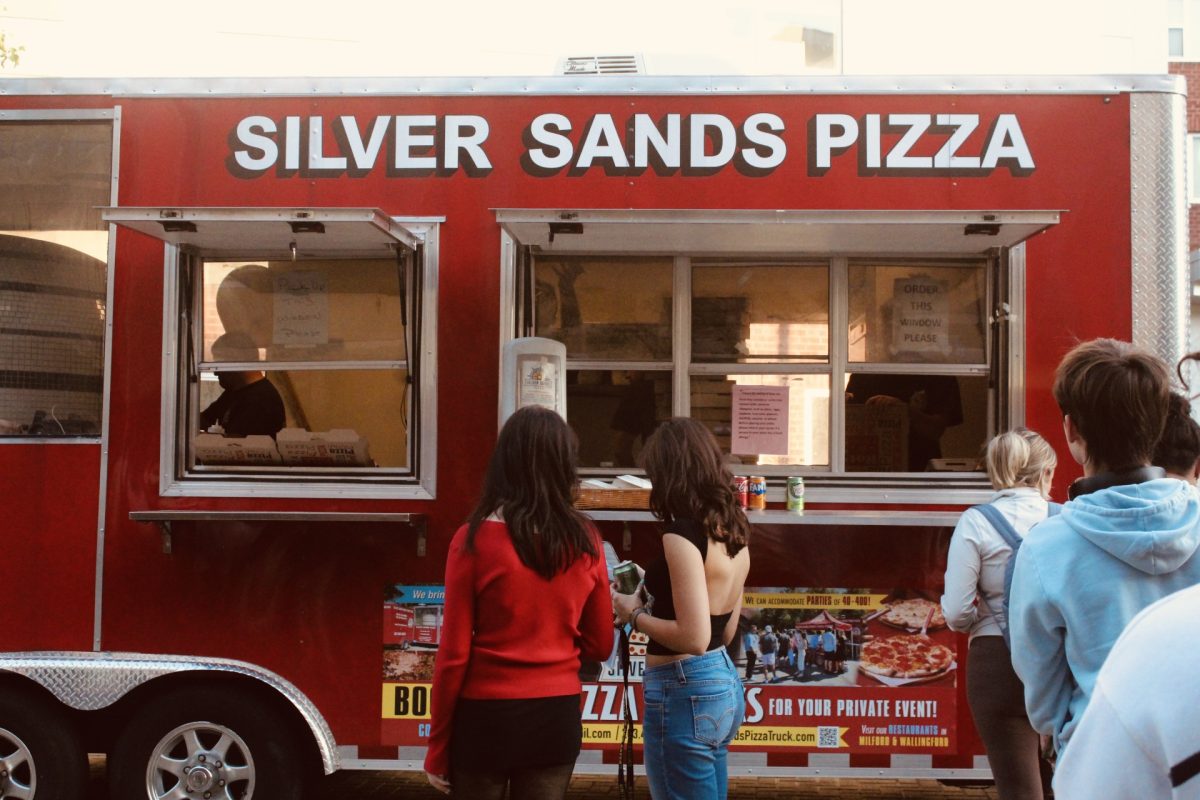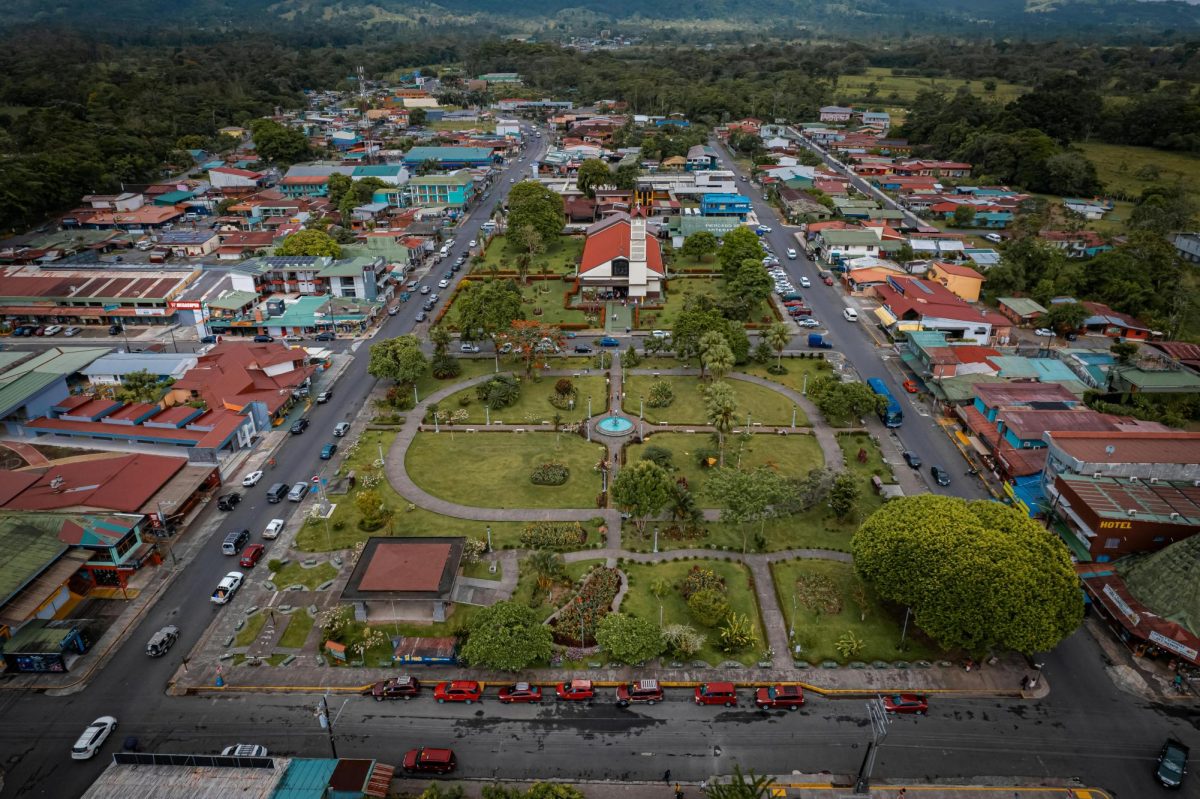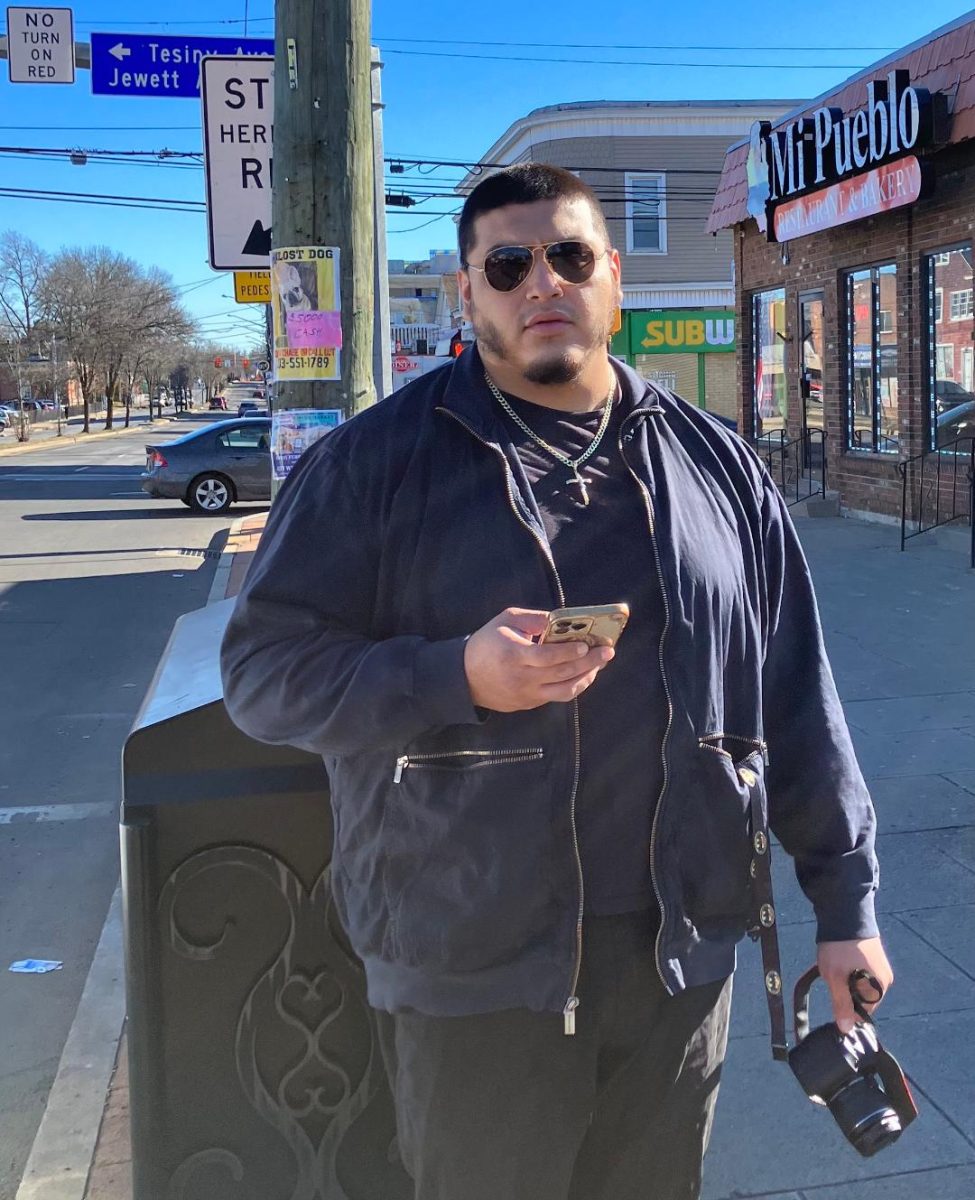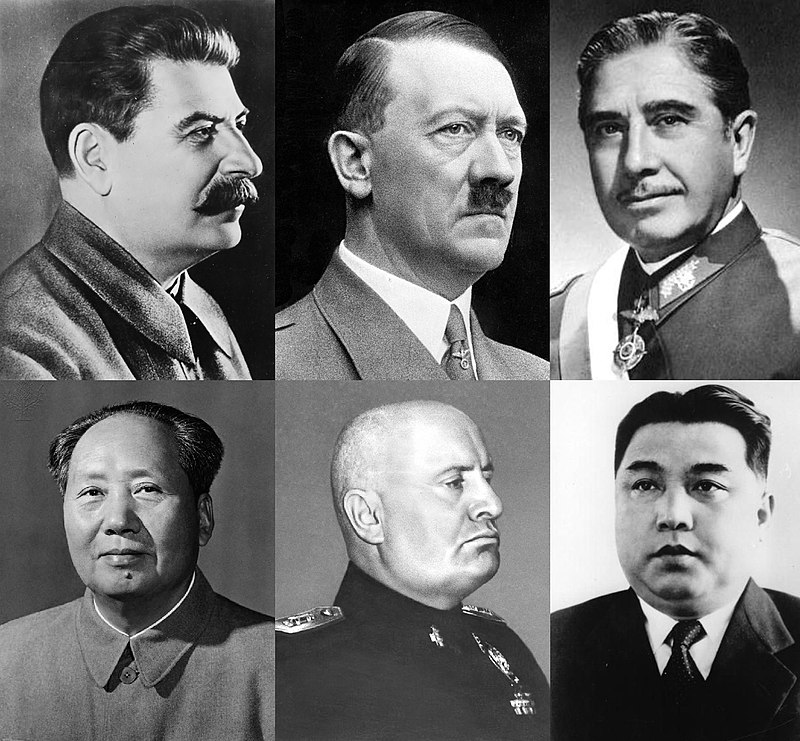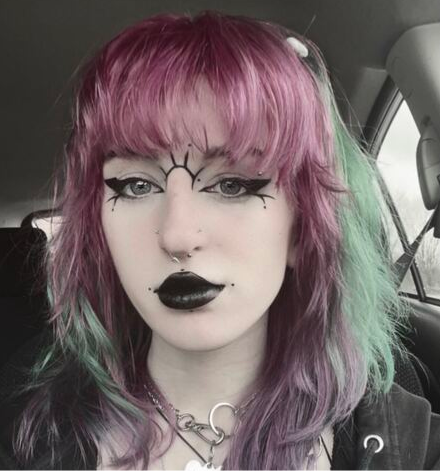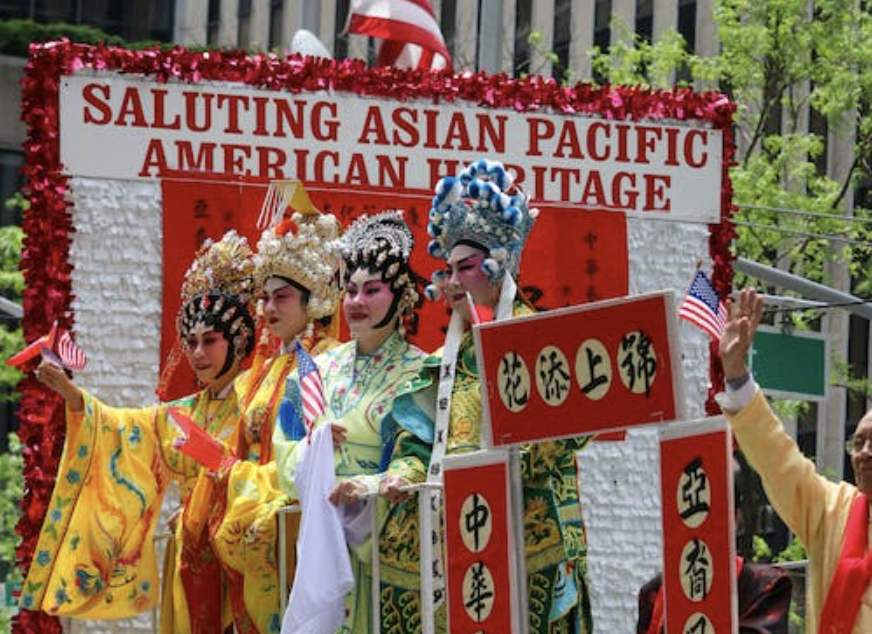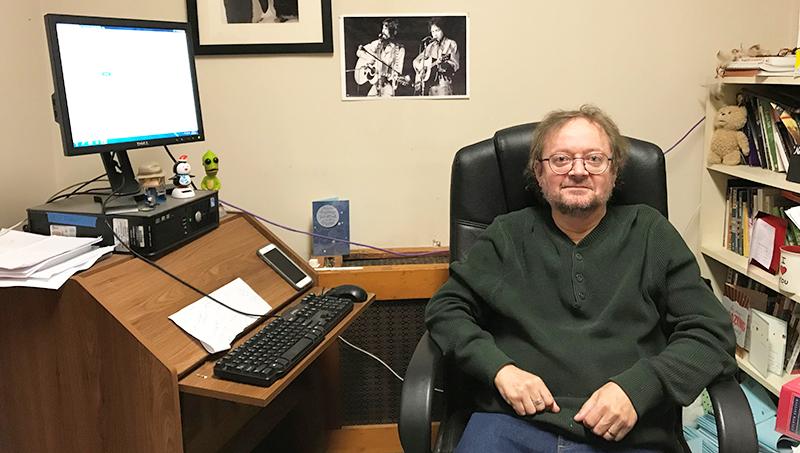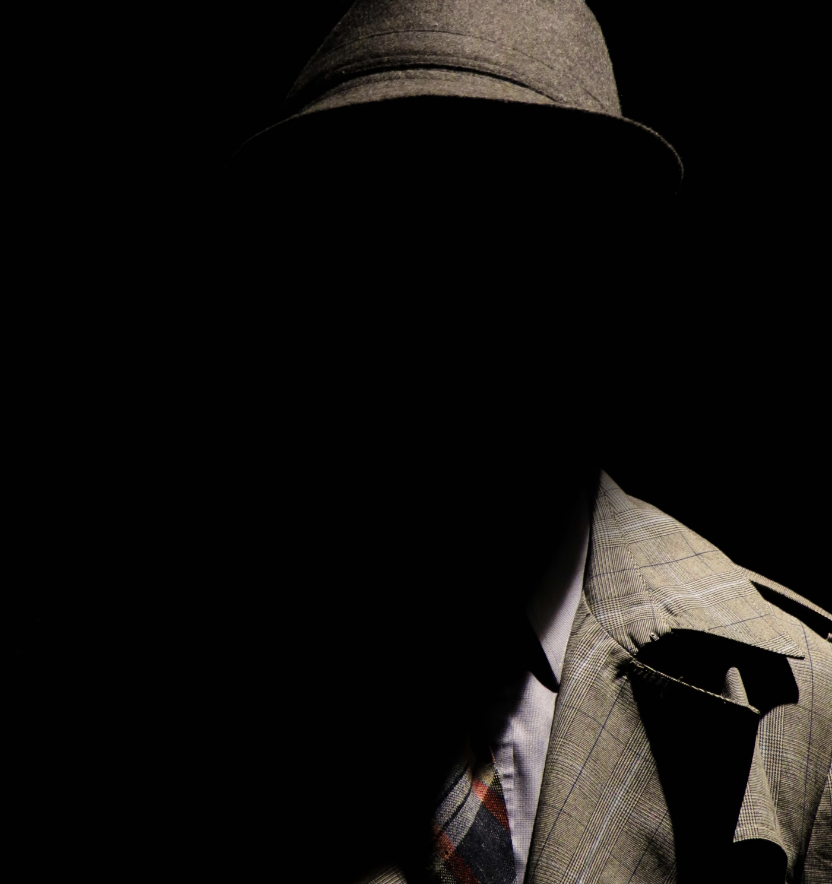Organized crime is present in just about every time period of human existence. For instance, Japan is home to one of the oldest organized crime groups, the yakuza, which dates back to the 1600s. Even in ancient Rome, organized groups known as Collegia would run merchant businesses unjustly in urban regions. While some of the Collegiati were criminals, others were wealthy businessmen. Regardless of which financial bracket these individuals fell under, they were unified under one name.
Now, our approach to organized crime has shifted dramatically from what it once was. Whereas organized crime was merely a component of past societies (we are not to argue their connotation), in the present day, organized crime is never just left to be. Rich, white organized crime is romanticized, while poor, Black organized crime is feared, misconstrued and condemned.
The Mafia is held in a completely different light than street gangs in low-income areas. Why? Ultimately, there is no explanation beyond that of blatant classism and racism.
This does not disregard the simple facts that lie in the differences between the Mafia and street gangs. Only one has connections to government officials, while only the other is historically involved in petty crime. You need not even establish which is which for people to immediately know the difference with certainty.
Both have an affiliation with the movement of drugs, but only one is known for it, even though the other, with more power, more heavily traffics drugs across a given area. (Spoiler, it’s the Mafia).
There is also something to be discussed in the statistical discrepancy between the relationship held between the legal system and different subsets of organized crime.
It’s important to take a look at some of the legislation highlighting this issue. In California, crimes committed for the benefit of a gang are subject to increased punishments, starting at 3 years and working up to life in prison. The law here explicitly voices aims to “prohibit criminal street gang activity,” which is in and of itself a phrase charged with classism. Here, a “criminal street gang” is defined as a group that “has a common name or identifying sign or symbol,” among other criteria. These requirements do not fit the bill of the mafia, but do fit groups run predominantly by minority groups, and the addition of the confining term “street” for these gangs implies a target to lower income groups, as “street gang” is a term used to refer to youth gangs — individuals who get into organized crime at a far younger age.
In the state of California, there are about 6,100 gangs totaling over 300,000 members. In contrast, Mafia presence in California is by no means among any of the highest in the country. The Mexican Mafia, for instance, only has a couple hundred members in the state of California.
This is prior to even beginning to mention Racketeer Influenced and Corrupt Organizations (RICO) legislation, some of the most widely enacted punishments for state and federal crimes to further the activity of a street gang. This includes (but is not limited to) any of the following activities being carried out on behalf of a street gang:
– Drug and weapon trafficking
– Embezzlement
– Blackmail
– Loan sharking
– Murder
– Smuggling
– Attempted murder
The U.S. legal system lacks any parallel laws pushing against members of the Mafia.
The discussion deepens further when we begin to consider how cult culture enters the conversation.
The level of accountability held to members of cults versus members of gangs is astronomically different. Consider how often you hear individuals being referred to as “victims” of cult culture, and then compare that to the frequency at which society empathizes with “victims” of gangs.
Abuse in a cult is taken as an inescapable, tragic cycle. Murder in a gang is taken as heartless, reckless behavior.
Why?
Consider the contrast in cinematic representation of organized crime:
For cults, some of the most major titles in film include “Midsommar” and “Hereditary:” eerie, captivating psychological horror films. “Midsommar,” for one, was constructed following heavy research to base the film in historical accuracy.
For gangs, some high-grossing titles include “Boyz n the Hood” and “Menace II Society,” leaving us to ask why improper grammar and derogatory terms make their way in.
The Mafia gets screen time in “The Sopranos” and “The Godfather” series. These films pose leaders as classy, with primarily coveted lifestyles of large houses and well-dressed families.
Ultimately, we have constructed a trifecta which plays out as follows: We romanticize the mafia, we pity those in cults and we condemn those who fall victim to life in a gang.
We need to alter our discourse in order to develop a cohesive narrative surrounding organized crime activity. If it is to be condemned, it is to be condemned even if its perpetrators are upper class white men in marble-floored houses. If we are to romanticize organized crime, we should very well have a household name for television street gangs in the way that the Sopranos have won over millions.


